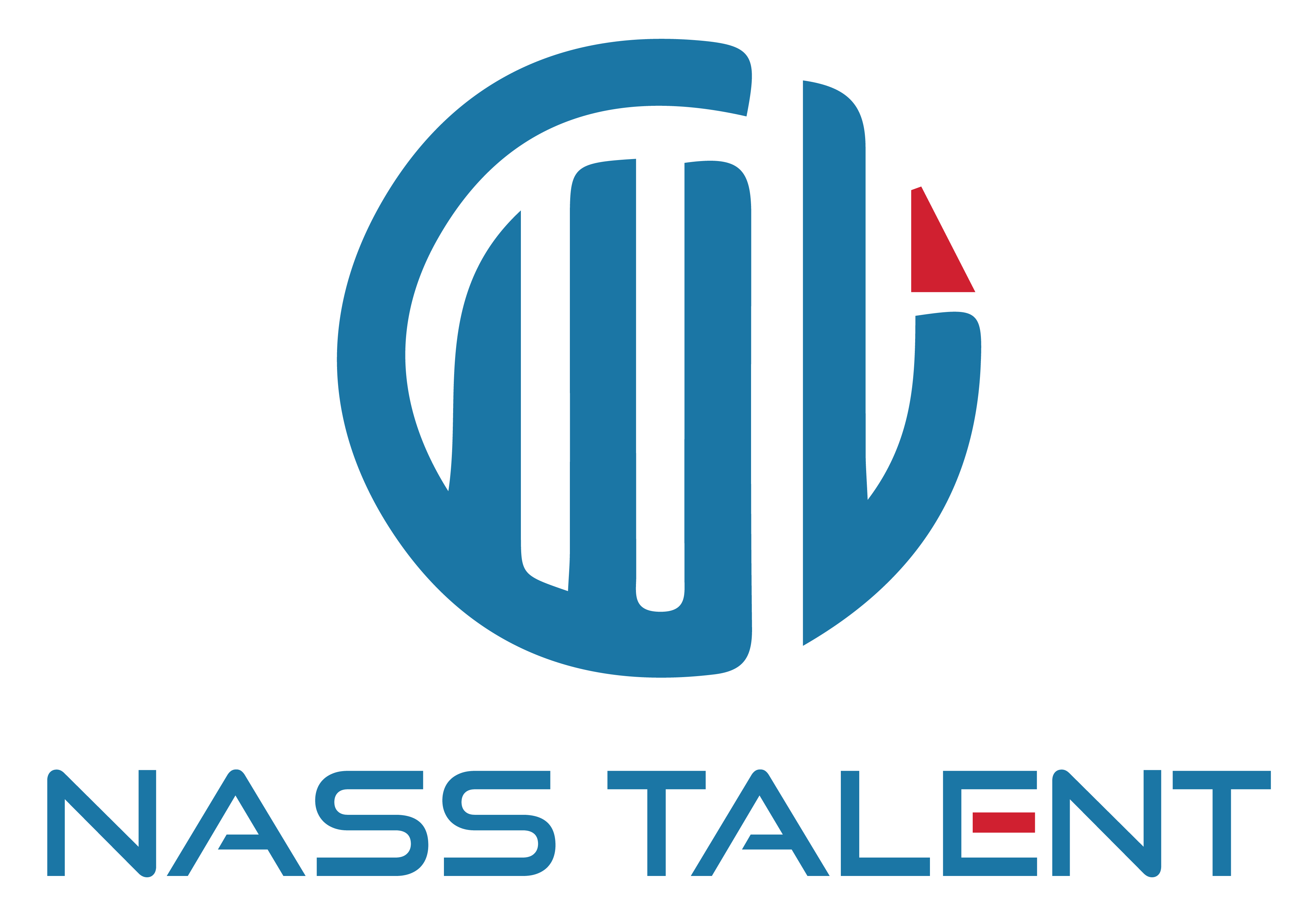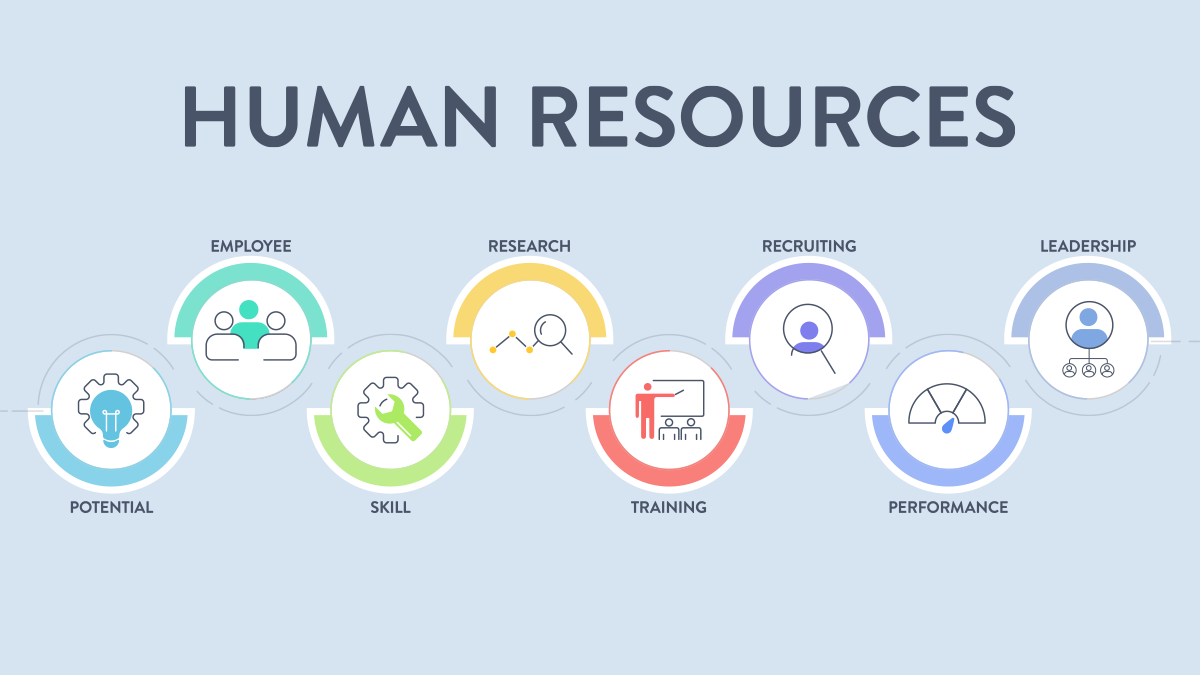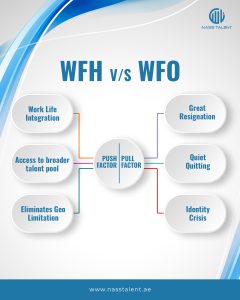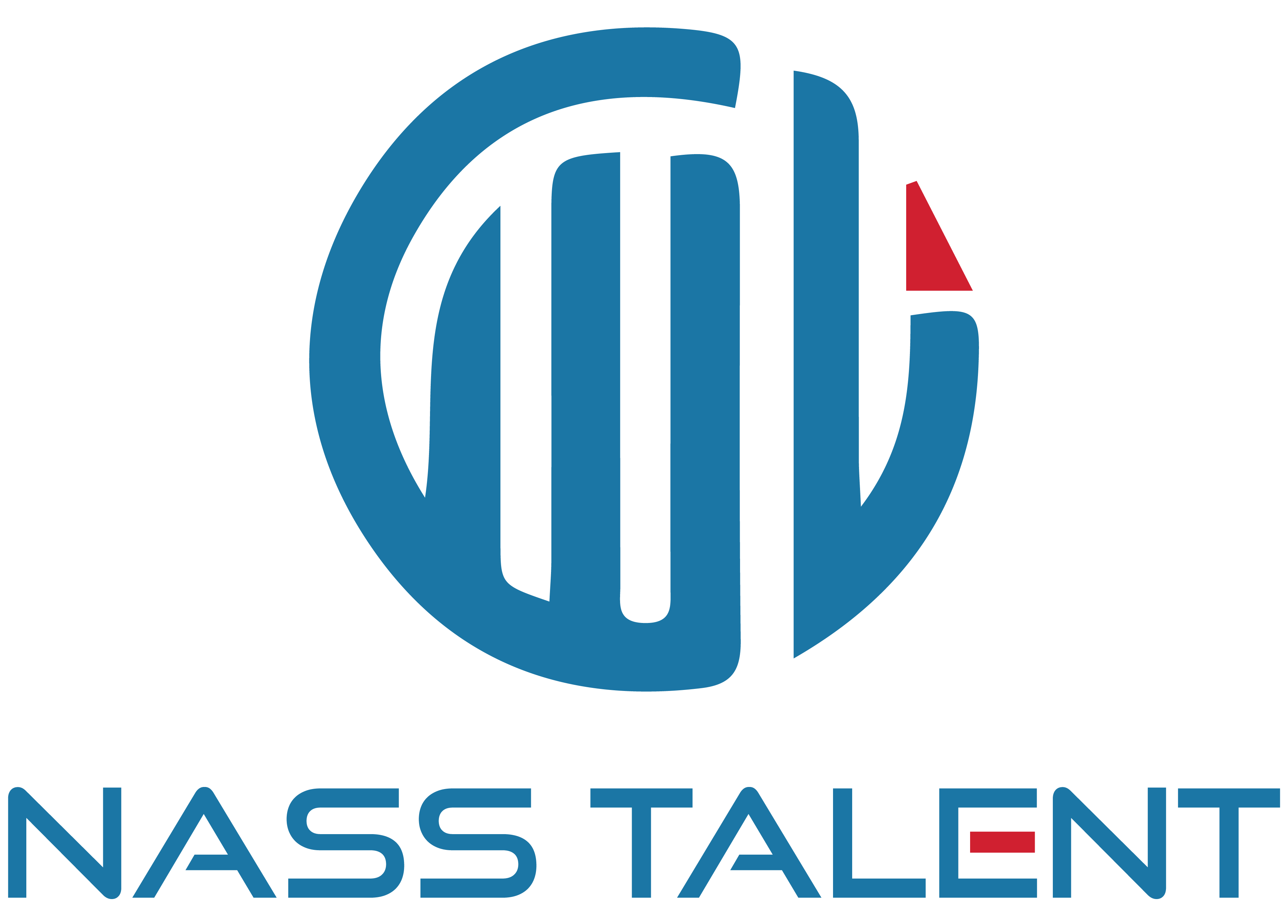Which Metric to Use for Talent Acquisition:

Recruitment and selection has been a primary and vital function of human resources management. The success of this function depends on how efficiently the company has on-boarded its employees in terms of cost, time and quality of hire. While firms adopt different and innovative strategies that fits most, it is metrics that could probably reflect the effectiveness of the strategies that being adopted. There have been numerous debates as to the purpose of using metrics in measuring performance of HR systems. Few argue that metrics is only a waste of time that reflects unnecessary statistics, where the ultimate lies with successfully on-boarding the required talent. In the industry, few HR professionals also swing along this ideology of non-measurement of recruitment process saying that metrics do not reflect the true volume of work involved.
Metrics at the workplace is very important for any function which helps in continuous and progressive improvement in the maturity of the process apart from being triggers to alert various pitfalls. In this article let us discuss the dynamics involved in analysing the effectiveness of the Recruitment and Selection function.
The three most discussed and used metrics for recruitment and selection are:
- Cost per hire,
- Time per hire and
- Quality per hire.
Let us briefly discuss all the three heads.
Cost per hire: This is most popular and one of the powerful indicator of the subject. Cost per hire indicates how much does the firm spends (including man-hours calculated in terms of labour cost) to hire one person. There are different interpretations and methods followed to calculate the cost incurred. Broadly it can be classified as internal cost method and external cost method, based on the assumption that firms either approach internal sourcing method or outsourced method. Firms that adopt internal sourcing method, calculates cost that includes the cost of salary, space and resources utilised by HR sourcing department, cost of acquiring database for recruitment, cost of reaching out candidates and cost of conducting selection procedures. Firms that outsource this function to the third party, the cost incurred towards the agency fees is directly taken in total. In few organisations, or for few of the positions in an organisation, both methodologies may be followed, for which the sum of all the above-mentioned cost will be taken into account. Ususally this method is ideally followed as metric to measure and monitor the process involving filling up positions that fall under middle management and above categories.
The advantages that could be seen from adopting this metric are
- It can be used to benchmark the firms own performance of acquiring as well as to benchmark with industry and regional standards.
- The cost so arrived at can be used to compare and decide upon whether it is worth to consider internal candidates by job rotation or further training instead of lateral buy-in.
- Cost of hire helps in making outsourcing decisions. Should it be continued to be sourced through internal sourcing method or could it be outsourced.
- This method enables to be budget focused and do not adversely affect the financial stability of the firm.
Cost per hire method also draws flak on its demerits like it always put pressure on HR function to historically reduce the cost which ultimately affect the quality of hire in the long run.
Time per hire: Alternatively certain firms measure their recruitment and selection function efficiency through Time per hire metric. Under this metric, it will specify the period usually number of days taken to hire a person. Few firms calculate time to hire starting from the date of job opening approved till the date of on-boarding, whereas few calculate from the date of job announcement in the media or sourcing channels till the date of joining. Depending on the nature of business, time to hire metric stands as an important tool to be used to measure the effectiveness of the sourcing department. Usually this method is adopted by firms who are in aggressive market, companies who fall under BPO / ITES industries, service industries falling under retail, hospitality and seasonal establishments. Time to hire metric gains importance only when market competition is at its peak and business opportunities are time bound. Generally speaking time to hire is followed to track the efficiency of the sourcing channels in many organisations. If a firm uses social media platforms, it will be helpful to track the response rate and the time taken to fill position through each of the platforms. This metric is appropriate to be used for measuring and monitoring the process that involves filling up positions related to non managerial and junior executive levels.
The advantages in adopting this metric are:
- It fosters competitiveness and helps firms to take advantage of the market opportunities.
- It motivates internal line managers who will be otherwise be upset if there is a delay in filling up positions as the work in progress may be hampered.
- If the time to hire is maintained consistently, the systemic improvement in the recruitment process could be focused on.
The only drawback under this metric is that it may sometimes affect quality of hire.
Quality of hire: Quality of hire is a step ahead of the above two as it focuses on the factors which helps firms to stay competitive in the long run. Cost per hire and time to hire do not trigger the future aspects of the talent hired. It only spells out the cost involved and time involved at the time of recruitment. Whereas quality of hire will spell out the following:
- How well is the incumbent got absorbed in the system within short time.
- Is the selected incumbent is successful in delivery of expected job responsibilities
- Did the firm achieved its purpose of filling up the position
- Was this position able to contribute for its market competitiveness.
Since this metric is more related to firm’s performance, it is more appropriate to use for measuring and monitoring the recruitment and selection functions of the positions involving top management levels including CXOs. The reason behind this analogy is that maintaining quality to hire involves cost and it is directly proportional in most of the cases. It does not mean that quality need not be an issue for lower positions in the ladder. Since the cost involved in maintaining quality is high, firms may not be able to consistently apply this metric for all positions. However, if a firm could do that, that is the best ideal process which has reached higher levels of maturity level.
Typical organisations that can use this metric successfully are usually fall under the industries involving R&D, defence, renewable energy markets, AI and computing technologies.
Firms can choose either or combination of all the above three metrics appropriately.
For any clarifications or consultations, kindly reach us to stay healthy in HR functions of your firm.
– Abdul Rahman, Associate Director, Nass Talent Management & Studies LLC
Best Practice Talent Acquisition: Strategies for Successful Hiring
Tags: Talent acquisition strategy, Talent acquisition process, Effective talent acquisition, Recruitment and talent acquisition, Talent acquisition techniques, Talent acquisition sourcing strategies, Talent acquisition trends UAE, Talent acquisition tools









